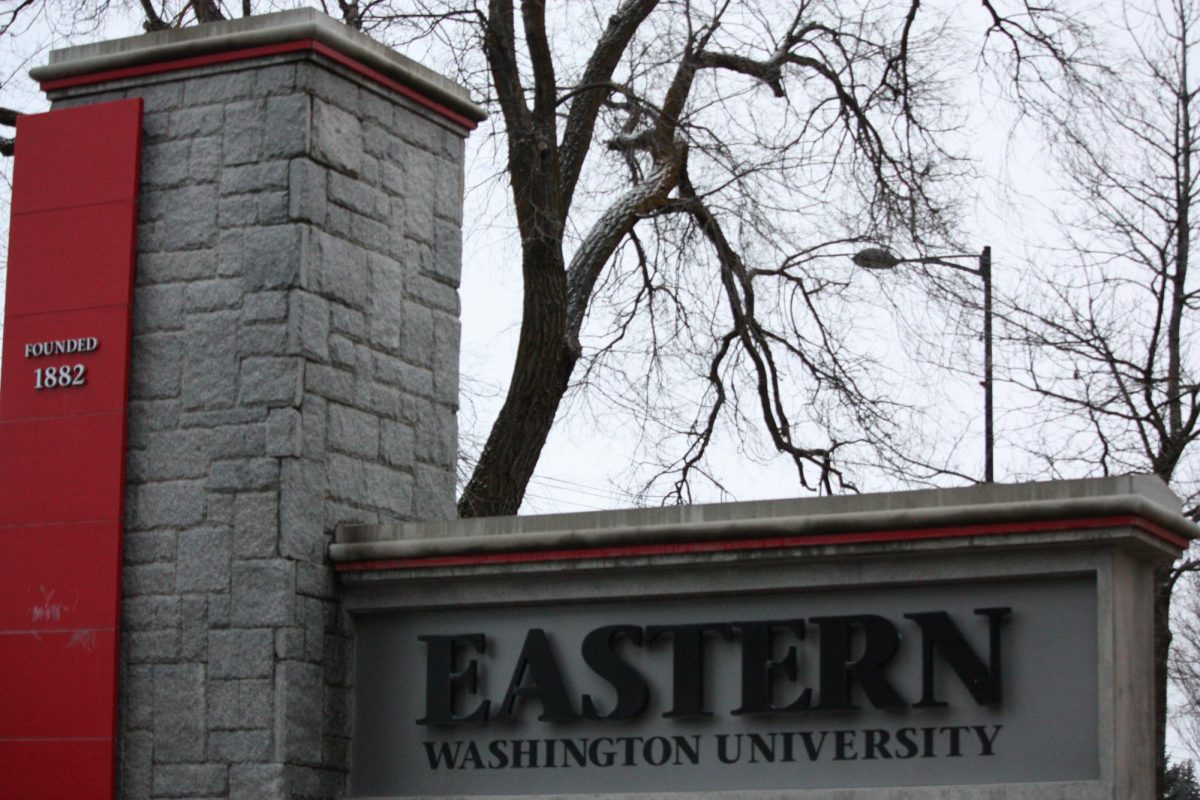Sequester cuts may shrink student resources
March 15, 2013
The sequester is a bundle of tax cuts that Congress passed as part of the Budget Control Act, the debt limit deal of August 2011, according to a 2012 National Skills Coalition report.
The sequester may adversely affect student loans, Pell Grants, work-study jobs and early education programs.
The sequester package took effect on March 1, Congress’s deadline to approve a different plan. It imposes a separate and additional $1.2 trillion in cuts during the same time period, according to the National Skills Coalition report.
According to the 2012 federal Office of Management and Budget report on the sequestration act, in August 2011, both the House and Senate voted for the sequestration act. It read: “The [spectrum] of harmful across-the-board cuts to defense and nondefense programs was intended to drive both sides to compromise. The sequestration itself was never intended to be implemented.”
David Bunting, EWU professor of economics, said that cuts are slated to be made to a number of government units such as the Department of Defense and the Department of Education. How these cuts will work out over time is somewhat unknown.
Bunting said that Head Start, grants, research grants and TRiO are likely to see their funding cut, as well as student aid, special needs programs and state grants. Student loan interest is slated to increase as part of the sequester, according to the Office of Management and Budget report.

Kelley Cullen, assistant professor of economics, cited part of the Office of Management and Budget report that states that $156 million in education cuts are scheduled to be made in the state of Washington, but pointed out that there are some 4,500 colleges, universities and community colleges in the state.
“If you take the $156 million and divide it by the 4,500, assuming that all the schools take the same hit for the sake of a general estimate, that would be a hit for EWU of about $35,000,” said Cullen.
“In terms of the whole budget of EWU, that is one administrative assistant position. We don’t know when the cuts will occur, but they probably won’t be as bad as we think.”
The report estimated the effects of the sequestration for Washington state in specific budget areas.
Effects will be felt by teachers and schools, especially primary and secondary schools and educational services for disabled students. It will affect work-study jobs for college students. Finally, it will affect Head Start, child care and children’s vaccines, which will affect the approximately 20 percent of EWU students who are parents.
Mary Voves, vice president for business and finance, said, “Because Eastern does not rely heavily on federal research dollars, the sequester will not have a significant impact on research, hiring or construction. What we are watching carefully, however, is the trickle-down effect if it impacts the state significantly.”
Student grants and loans could be affected, according to Bruce DeFrates, director of financial aid and scholarships. “The impact to EWU financial aid for 2012-2013 and 2013-2014 is negligible. However, the cuts in years two to 10 could be more significant, especially to the Pell Grant program.”








